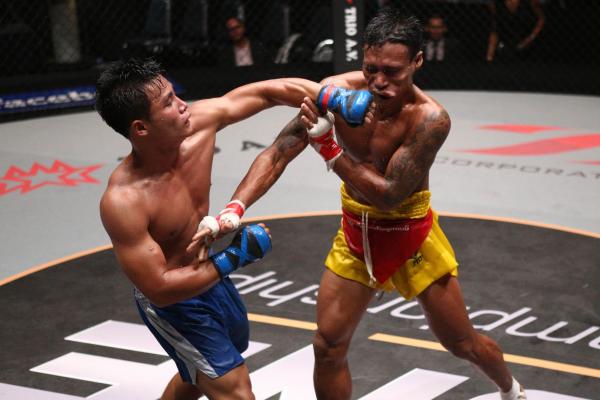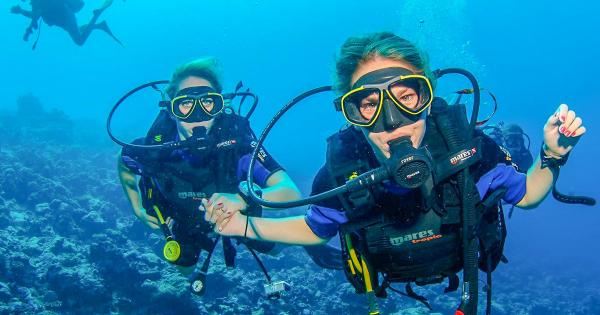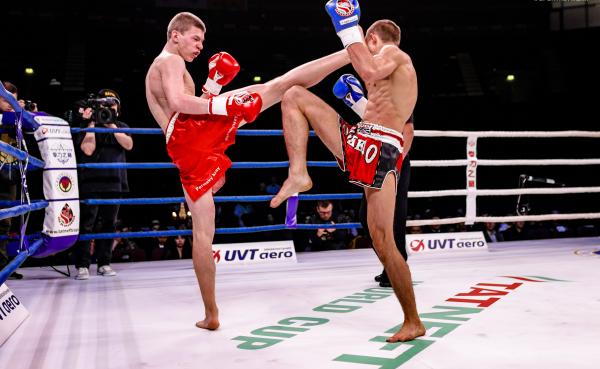Hurling

Hurling, also called hurley, outdoor stick-and-ball game somewhat akin to field hockey and lacrosse and long recognized as the national pastime of Ireland. There is considerable reference to hurling (iomáin in Gaelic) in the oldest Irish manuscripts describing the game as far back as the 13th century BC; many heroes of ancient tales were expert hurlers. The stick used is called a hurley, camán in Gaelic, and camáns in relief decorate some monuments to 15th-century chieftains. Hurling was for long a game played between neighbouring clans or rival parishes with unlimited numbers of players on either side. In 1884 the Gaelic Athletic Association was founded in Thurles, County Tipperary, to revive and standardize hurling and other traditional Irish pastimes. The hurley, or camán, resembling a hockey stick except that the head is shorter and wider, is made of young pliable ash, 3.5 feet (1.07 m) long and 3 inches (7.6 cm) wide in the oval-shaped striking blade. The width of the blade enables the ball to be hit overhead from man to man as well as along the ground. Each team consists of 15 players. The average pitch, or field, is 150 yards (137 m) long and 90 yards (82 m) wide. Goalposts at each end are 21 feet (6.4 m) high and 21 feet apart with a crossbar 8 feet (2.4 m) above the ground. A point is scored by hitting the ball over the opposing crossbar. A goal, scored by driving the ball under the crossbar, is three points. The ball, or sliothar, has a cork centre, wound with wool and covered with leather, and is 9–10 inches (22.9–25.4 cm) in circumference. It may be caught in the hand before hitting but not thrown or lifted; it may also be juggled or carried on the blade of the stick or may be hit from left or right. There is a women’s version of the game, called camogie.













